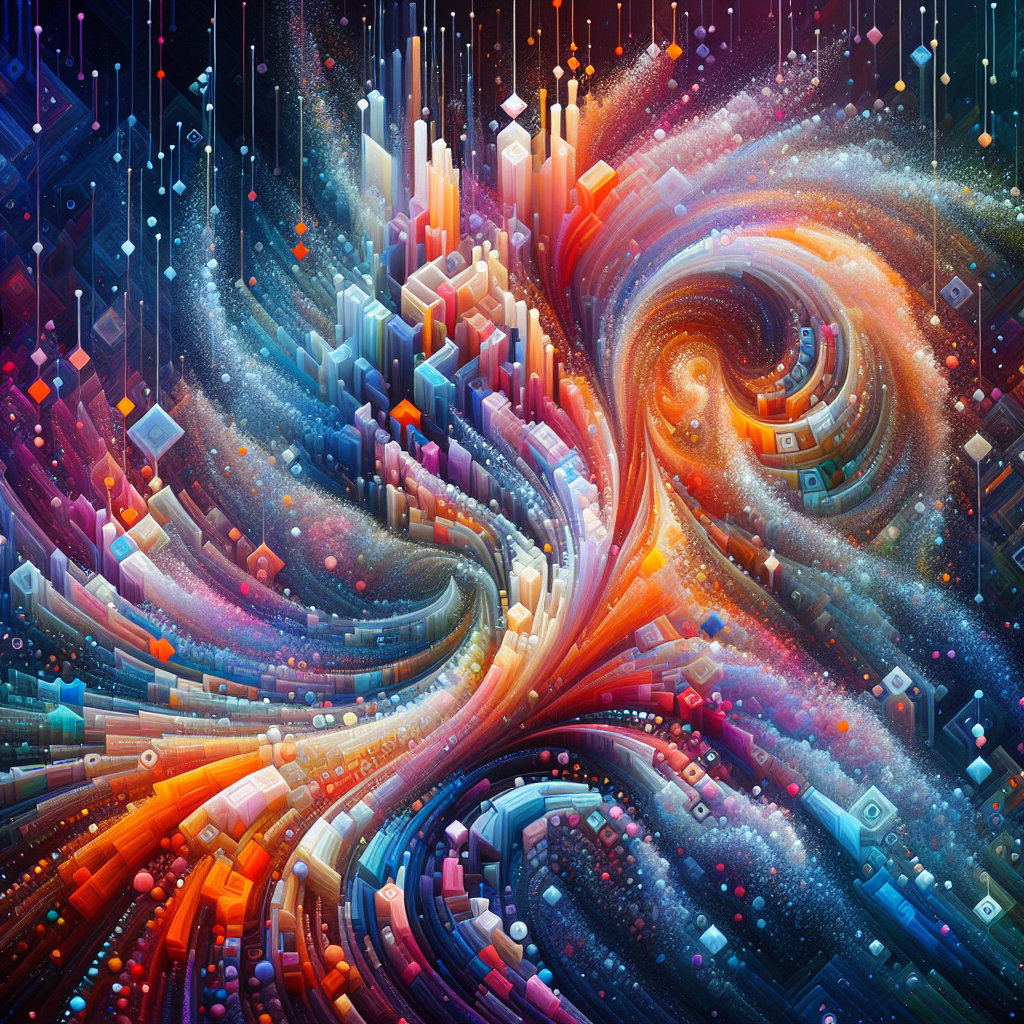Digital art, a dynamic and ever-evolving form of artistic expression, has fundamentally transformed the way we create, experience, and interpret art. With its roots tracing back to the advent of computer technology, digital art has expanded beyond traditional boundaries, offering artists new tools and platforms to explore their creativity. This article delves into the evolution of digital art, examining its growth and the profound impact it has had on both the art world and society at large.
The Origins and Evolution of Digital Art
Digital art began its journey in the early 1960s when computers were first used to create simple graphic designs and animations. As technology advanced, artists began experimenting with computer-generated imagery, leading to the development of various digital art forms, including pixel art, digital painting, and 3D modeling. The proliferation of personal computers and graphic software in the 1980s and 1990s democratized digital art, allowing a wider range of artists to explore this new medium. The 21st century witnessed a significant surge in digital art’s popularity, driven by internet access, social media platforms, and the rise of new technologies such as virtual reality and artificial intelligence. Today, digital art encompasses a vast array of styles and techniques, constantly evolving with technological innovations.
The Impact of Digital Art on the Art World
Digital art has significantly impacted the traditional art world by challenging conventional notions of art creation and distribution. It has democratized art-making, enabling artists from diverse backgrounds to share their work with global audiences, often bypassing traditional gatekeepers like galleries and museums. The digital medium also offers unprecedented flexibility, allowing artists to experiment with new forms and techniques without the constraints of physical materials. Additionally, digital art has expanded the boundaries of art consumption, with virtual galleries and online platforms offering immersive and interactive experiences. This transformation has not only broadened the audience for art but also fostered a more inclusive and diverse artistic community.
The Societal Influences of Digital Art
Beyond the art world, digital art has left a significant mark on society by influencing culture, communication, and personal expression. It has become a powerful tool for social commentary, enabling artists to address contemporary issues such as politics, identity, and the environment in innovative and accessible ways. Digital art has also played a pivotal role in the rise of internet culture, with memes, GIFs, and digital illustrations becoming integral parts of online communication. Furthermore, digital art has empowered individuals to explore their creativity and share their perspectives, contributing to the democratization of creative expression. As digital art continues to evolve, it will undoubtedly shape the cultural landscape, reflecting and influencing the values and concerns of society.
As digital art continues to gain prominence, its influence on both the art world and society is undeniable. It represents a confluence of technology and creativity, offering limitless possibilities for artistic expression and cultural dialogue. As we move further into the digital age, digital art will likely continue to push boundaries, challenge conventions, and inspire new generations of artists and audiences alike. Its evolution is a testament to the transformative power of technology in art and a reflection of the ever-changing landscape of human creativity.










